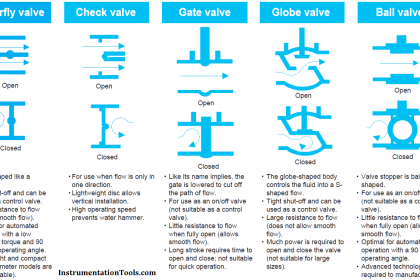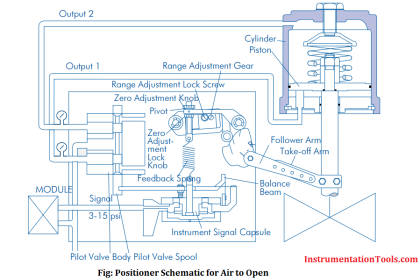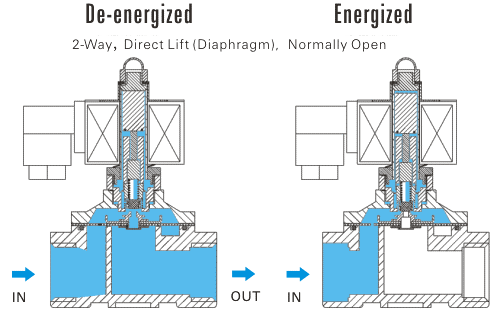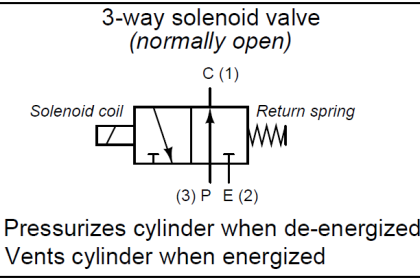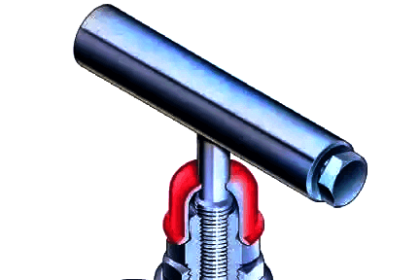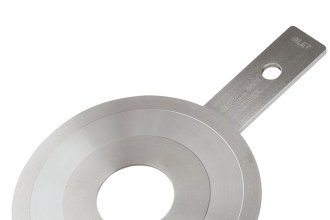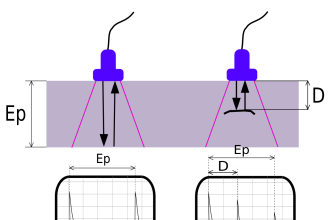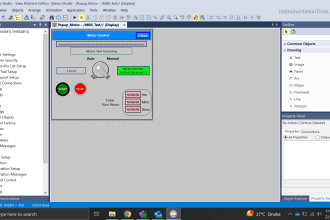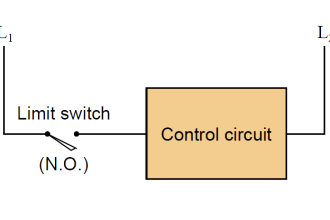Understanding the application of Quick exhaust and Air operated valves in instrumentation circuits with sample cases.
Before looking into the application of Quick Exhaust Valve (QEV) and Air operated valves in instrumentations. Let’s go through the definitions of the same.
Quick Exhaust Valve (QEV)
The quick exhaust valve is a three-way valve that works primarily on the differential pressure between inlet and outlet ports.
Quick Exhaust Valve (QEV) finds application wherever there is a necessity for faster stroking time or air from the cylinder need to be exhausted quickly.
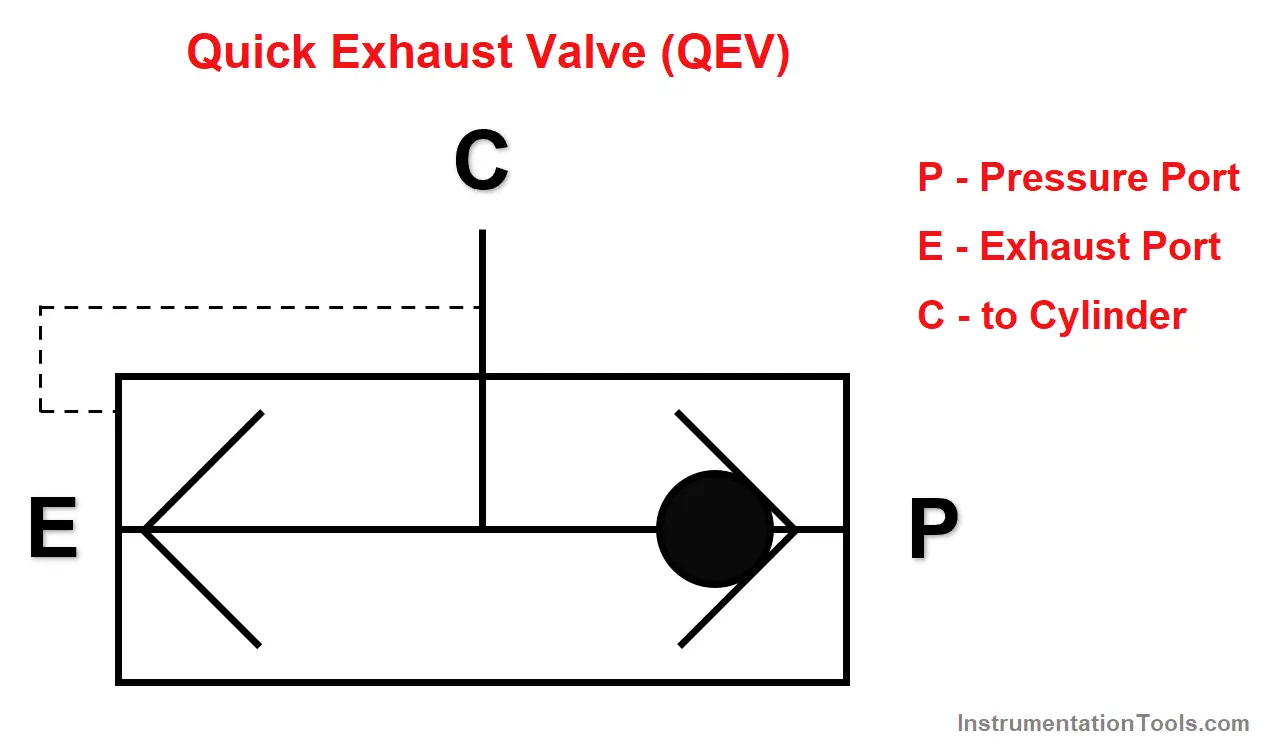
Pilot / Air Operated Valve
The pilot Valve is the same as the solenoid valve, however, instead of an electric signal, an air pressure signal shall be used to direct the spool to either keep it closed or open.
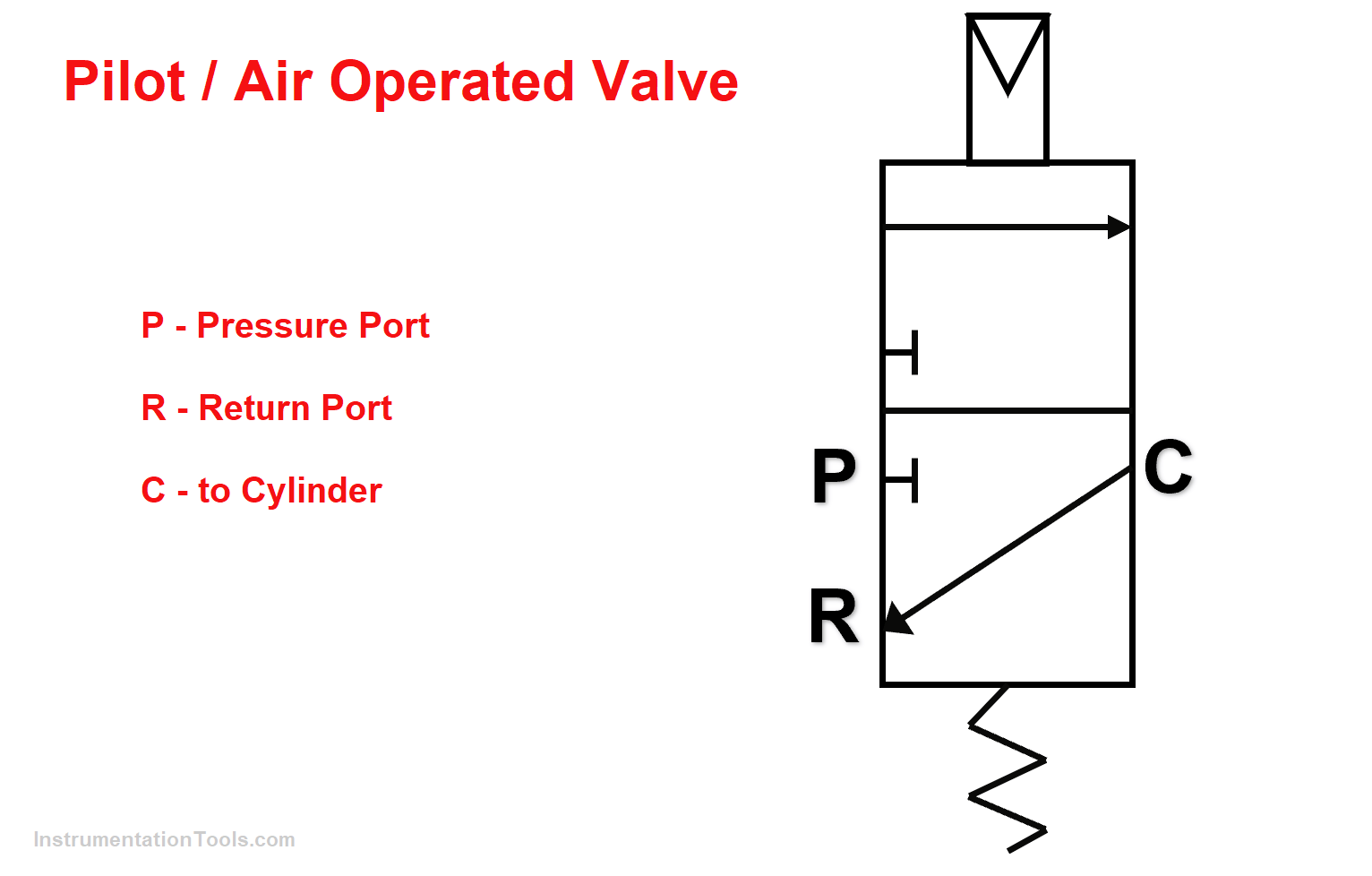
In process and automation industries, QEV and Pilot valves are used widely in Actuator and pneumatic cylinders for quick exhaust and stroking applications. Let us go through the below scenarios and understand where the application demands the use of QEV or Pilot valve
Suppose if we are having SOV, QEV, and PV of below sizes and flow capacity, let’s see how we can efficiently use the available ones with the below sample cases
| Component | Port Size | Flow Capability – Cv (m3/hr) | Average Cost (INR) |
| SOV | 1/4″ NPT | 0.53 | 6000 |
| QEV | 1/4″ NPT | 1.1 | 4000 |
| PV | 1/4″ NPT | 1.5 | 5500 |
Case 1:
Taking 6 Inch Valve which is actuated by a pneumatic actuator with a cylinder volume of 10.37 liters.
| Valve Size (Inch) | ACT cylinder Volume (Ltr) | Stroking time (sec) – Opening | Stroking time (sec) – Closing | Required Flow capacity (m3/hr) – Opening | Required Flow capacity (m3/hr) – Closing |
| 6 | 10.37 | 30 | 30 | 0.219 | 0.183 |
Here the actuator requires air flow capacity of 0.219 and 0.183 in opening and closing of the valve respectively, which is lower than the SOV flow capacity of 0.53.
So the stroking of the actuator can be performed by SOV easily and usage of QEV and PV is not required.
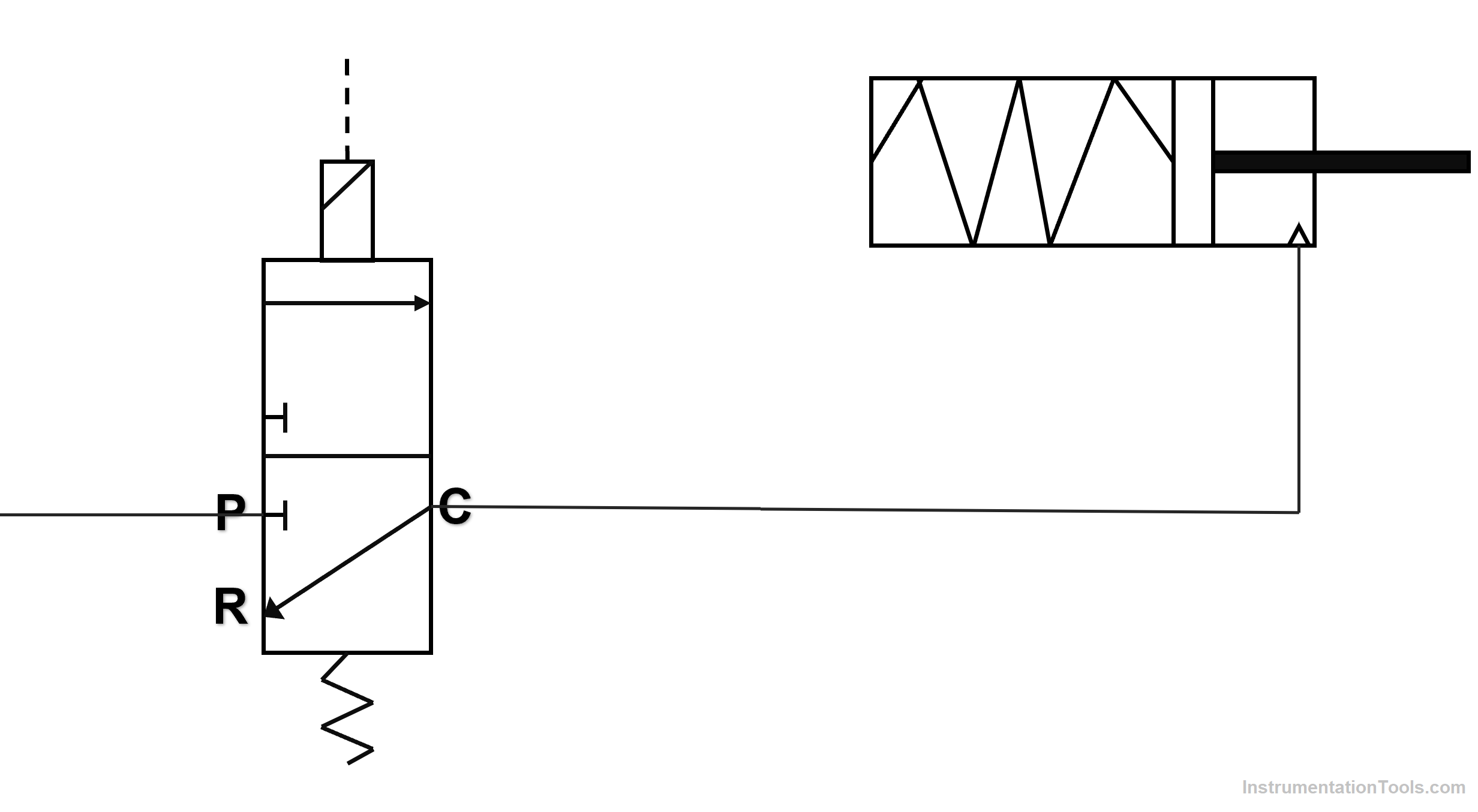
Case 2:
| Valve Size (Inch) | ACT cylinder Volume (Ltr) | Stroking time (sec) – Opening | Stroking time (sec) – Closing | Required Flow capacity (m3/hr) – Opening | Required Flow capacity (m3/hr) – Closing |
| 6 | 10.37 | 30 | 6 | 0.219 | 0.765 |
In this case, the required flow capacity in the closing of the valve is higher than the SOV’s Cv of 0.53.
However the above-mentioned QEV has a flow of 1.1, which shall meet this requirement.
Note: Even a pilot valve can be used for this circuit, however, the flow capacity is higher only during the closing of the valve, so using QEV will be an cost-efficient option
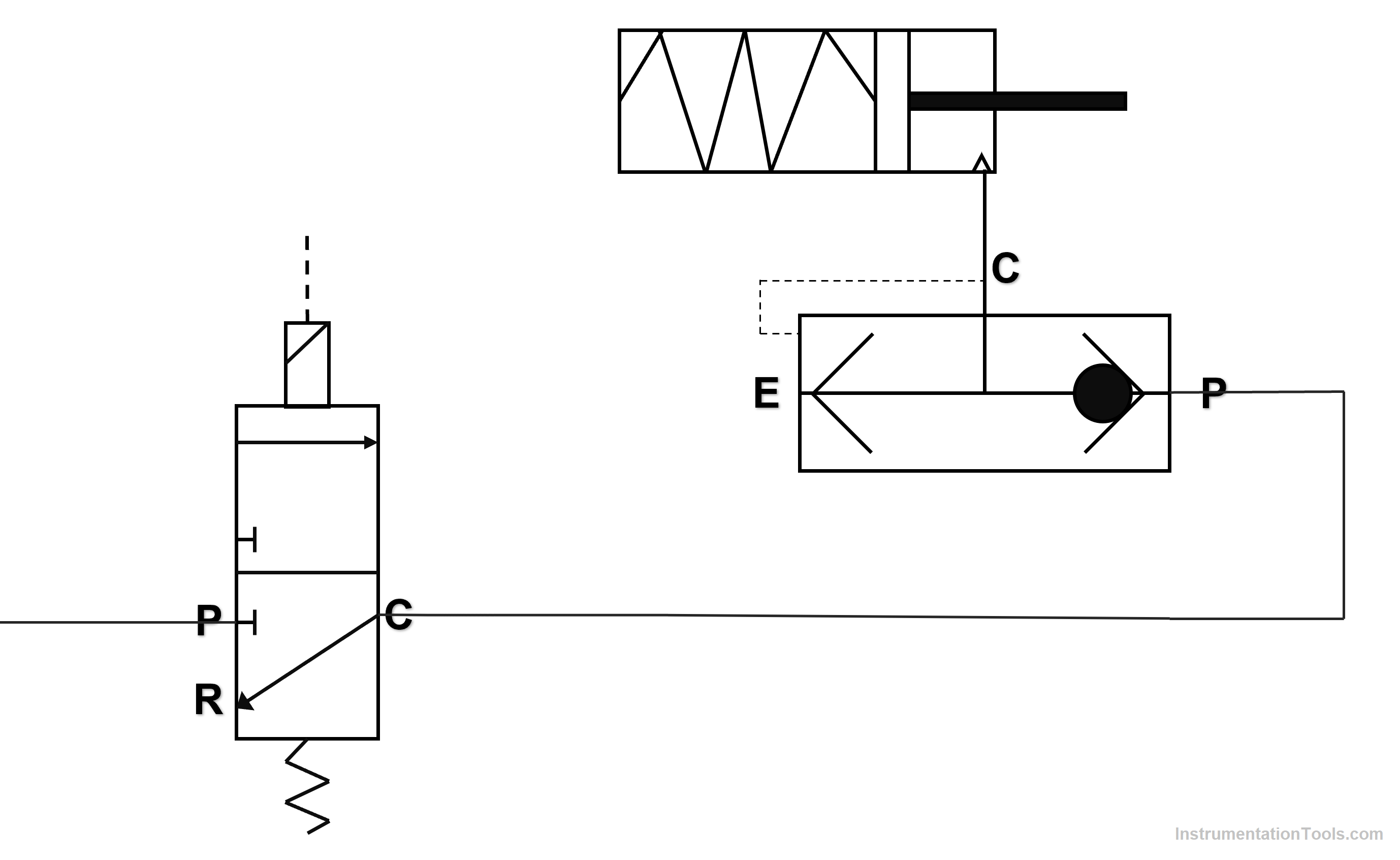
Case 3:
| Valve Size (Inch) | ACT cylinder Volume (Ltr) | Stroking time (sec) – Opening | Stroking time (sec) – Closing | Required Flow capacity (m3/hr) – Opening | Required Flow capacity (m3/hr) – Closing |
| 6 | 10.37 | 6 | 6 | 1.370 | 1.150 |
Since the required flow capacity of the actuator is higher in both opening and closing positions. A Pilot valve with a flow capacity of 1.5 can be employed here to stroke the valve.
Note: Instead of Pilot Valve, an SOV of ½” port size can also be used, however, its the cost would be very high, and going with a pilot valve and ¼” port size SOV in the pilot line would be the cost-effective option.
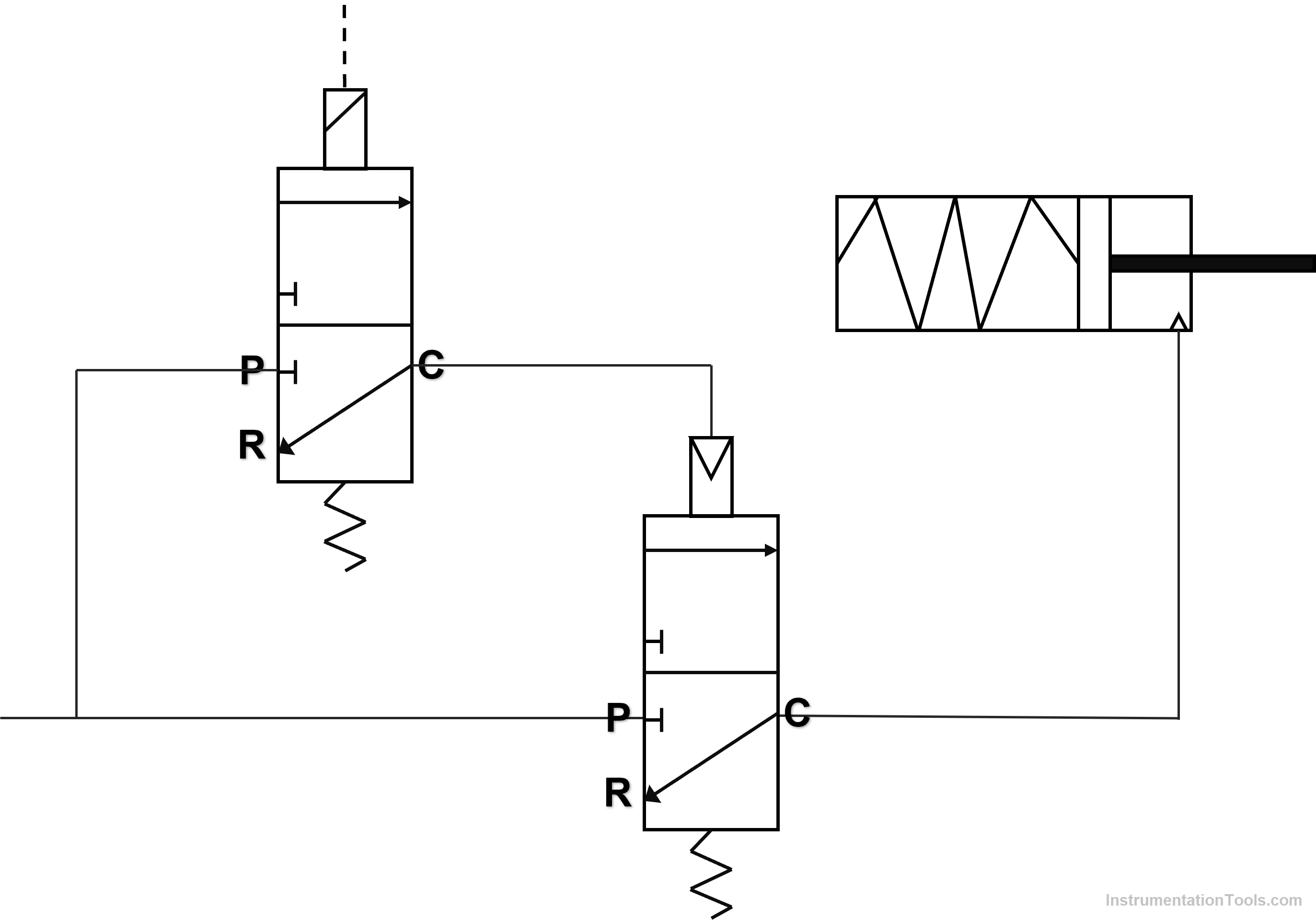
Author: Jamal Shagul Ameedh JM
If you liked this article, then please subscribe to our YouTube Channel for Instrumentation, Electrical, PLC, and SCADA video tutorials.
You can also follow us on Facebook and Twitter to receive daily updates.
Read Next:
- On-Off Valve Problems
- Control Valve Design Factors
- Solenoid and Motorized Valves
- Control Valve Maintenance
- Butterfly Valves and Ball Valves
